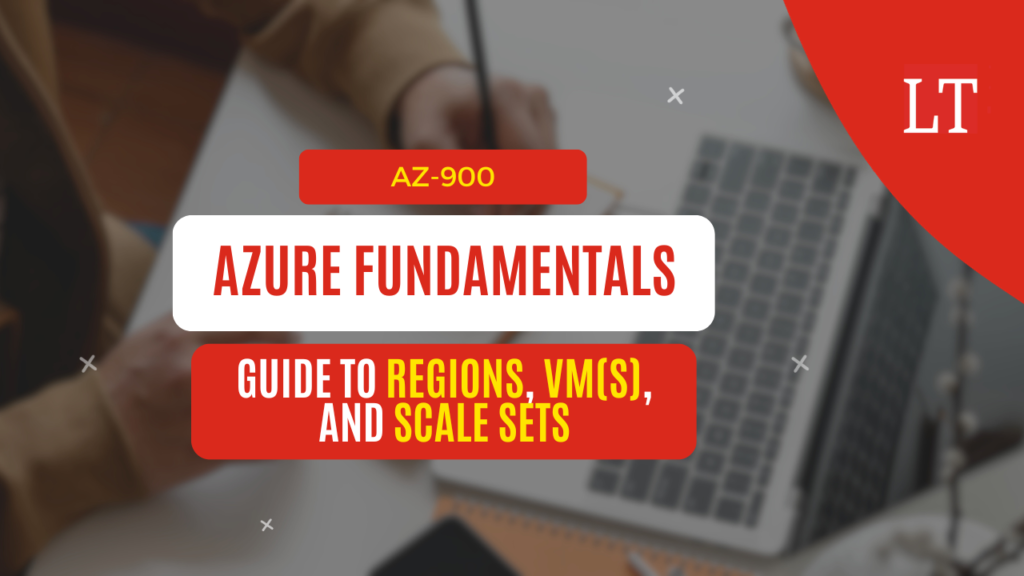Introduction Of Azure Cloud
Embarking on day two of our Azure training journey, let’s delve into the core concepts of Azure Cloud. Here, the focus revolves around Azure regions, virtual machines, and the power of scale sets.
But before we jump into the technicalities, let’s quickly acknowledge that Azure Cloud is the Microsoft’s platform for scalable, secure, and efficient cloud computing solutions.
Also, check out GitHub Co-Pilot: Transforming Entity Framework to cover your cloud computing fundamentals.
To take a better look at the steps and concepts, click on the video below for AZ-900 Training:
Recap of Day One Regarding Azure Cloud Computing
Previously, we delved into the fundamental concepts of cloud computing, exploring various cloud types and services. We grasped the shared responsibility model, pay-as-you-go model, and compared capital expenditure (CapEx) and operational expenditure (OpEx).
Now, the spotlight shifts to Azure, where we’ll unravel its regions, availability zones, and essential compute services.
Understanding Azure Regions
Azure, available worldwide, is segmented into regions, each comprising one or more data centers in close proximity. The following figures must be noticed:
With over 60 regions across 140 countries, Azure ensures flexibility and scalability while minimizing latency for users. Configuring data replication becomes crucial based on compliance requirements, with up to 60 regions constantly evolving.
Availability Zones and Region Pairs
Availability zones within a region enhance data backup and disaster recovery. These zones, grouped data centers, automatically replicate data, ensuring minimal downtime.
Region pairs, spanning 200 to 300 miles, prioritize data replication for disaster recovery. However, it’s essential to note sovereign regions like Azure Government and Azure China have distinct architectures for compliance.
Creating a Virtual Machine through Scale Sets
Now, let’s shift our focus to Azure’s compute services, starting with virtual machines (VMs). VMs emulate physical computers, providing infrastructure as a service (IaaS).
We’ll explore scale sets, load-balanced VM groups facilitating scaling based on traffic demands. Availability sets become instrumental in minimizing application downtime.
Practical Guide to Creating a VM under Azure Cloud
To illustrate, let’s walk through a quick guide on creating a VM.
In the Azure portal, choose a resource group, set VM details, select a region, and decide on availability zones or sets.
Along with this, configure networking, security, and size, ensuring optimal cost and performance.
Whether using scale sets or zones, Azure simplifies the VM creation process.
Conclusion
As we wrap up today’s session, we’ve laid the foundation for mastering Azure Cloud. We navigated through regions, availability zones, and virtual machines, setting the stage for tomorrow’s exploration of app services, containers, and advanced management techniques.
Furthermore, stay tuned for more insights into Azure’s vast capabilities, empowering you to harness the full potential of cloud computing with Lead With Tech.
Have you checked out your box regarding clarity on Azure Governance topics? Click here to understand better!

